Methods in AI: The Magnificent Seven — Learn
Oct 13, 2022 | Jagannath Rajagopal | 5 min read
In my first article, I introduced the idea of Hero Methods, which form the foundation for building pathways towards AI. There are 7 methods -
- Learn
- Optimize
- Simulate
- Represent
- Solve
- Deal with Uncertainty
- Compute
6 (Statistics) & 7 (Computer Science) are obviously whole domains in themselves; we are only concerned about those aspects that deal with 1 – 5, like High Performance Computing.
- - -
What does it mean when we say that a model “learns from experience”? The system architect doesn’t “teach” the model anything formal. Rather, the model learns from — and subsequently the model’s entire world is defined by — the data used to train it. The model has access to past experience and history to be used as training data, and long established learning techniques are used to understand and discern any underlying patterns. The understanding and recognition of these patterns are codified as intelligence so that the model knows what to make of the data when it is encountered in a “post-training” environment.
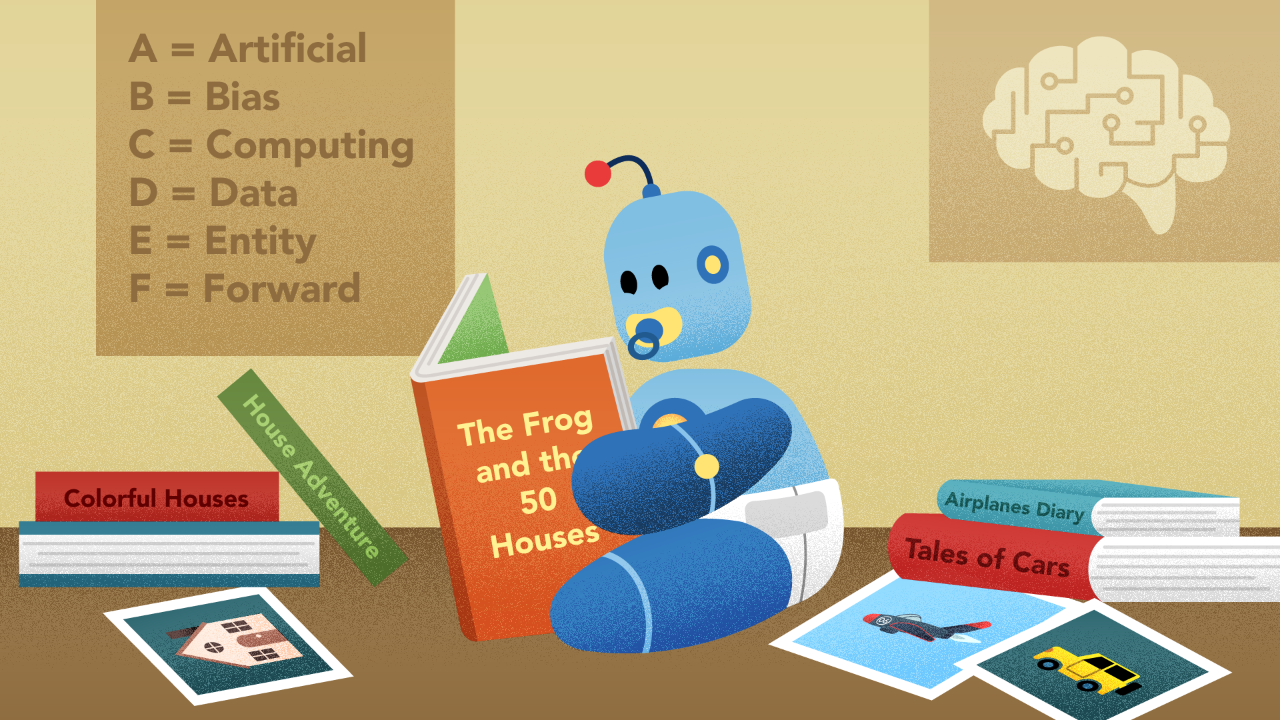
Let’s take image segmentation as an example. There are several ways to segment an image. One way is for the model to determine which segment each pixel belongs to. This is an approach from the “ground up” — and segments are formed by combining pixels that the model thinks belong together. Another approach to image segmentation is from the “top down” — where the model identifies regions in the image that are different from one another. Whether the method your model uses is classical or cutting edge — image segmentation is often modelled as a learning problem.
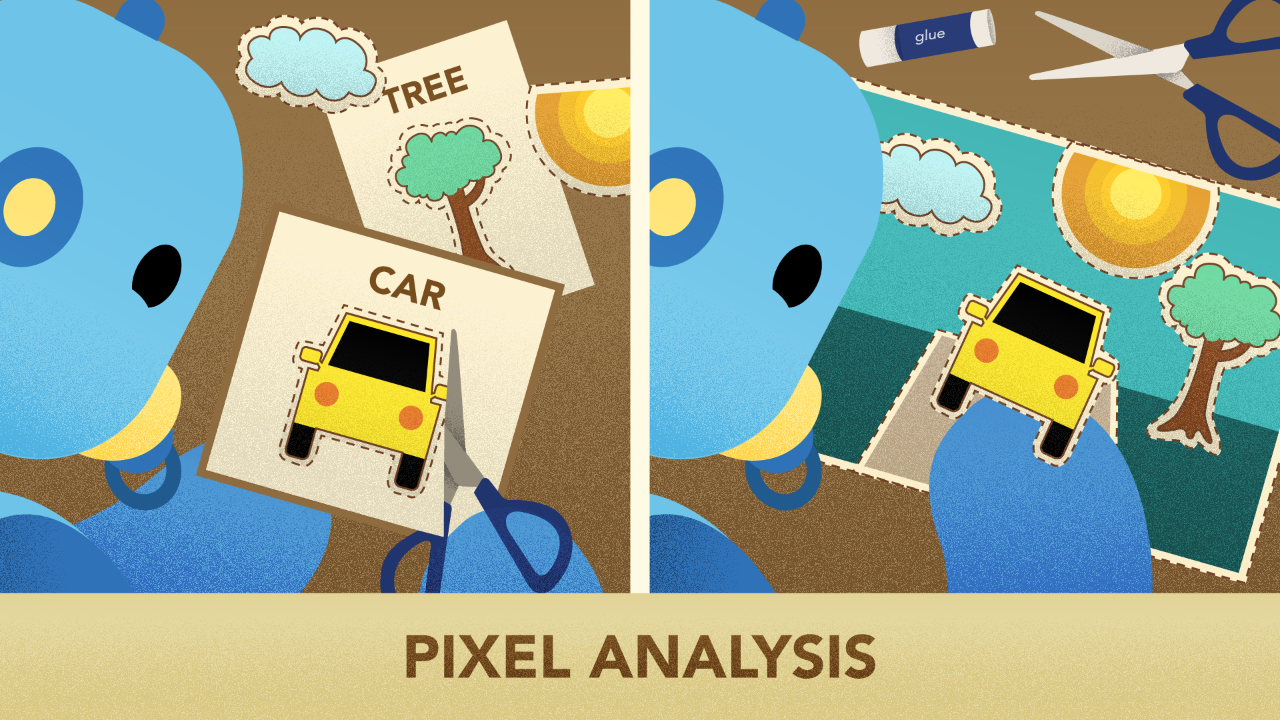
Learning models are created for specific purposes, and as such the purpose of your model varies based on the type of method selected. Take for example the popular method Machine Learning — that allows for learning the relationship between a target and a set of factors. In medical diagnosis, it could be about determining a patient’s cancer diagnosis, based on a panel of medical tests and exams. In financial trading, it could be whether to buy, hold, or sell at any time, based on factors such as the current prices of securities, market indices, or specific economic conditions. More broadly speaking, if the model is used to learn a discrete value, it’s akin to classifying a data set as one of several classes. If the model is used to learn a continuous value, it is a regression model.
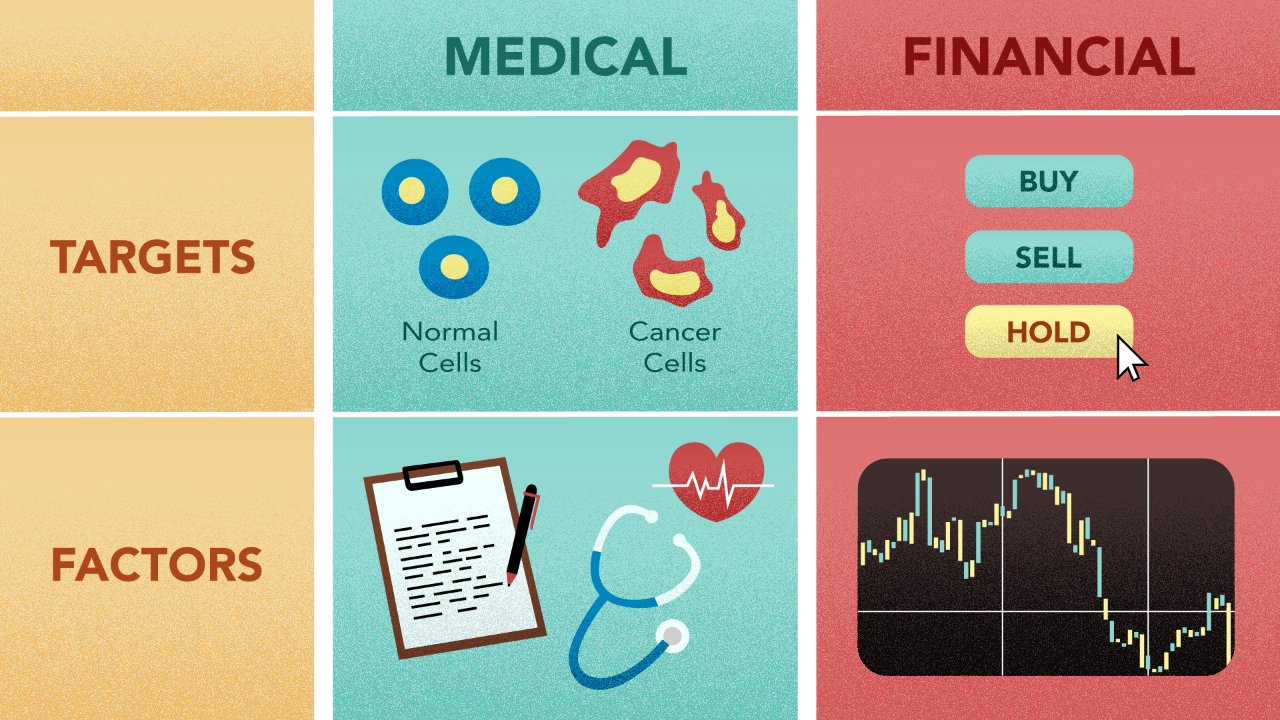
Given that the choice of targets and factors is made by the modeller and not the model, its learning is said to be supervised. For example, you develop a model that is tasked with cleaning those areas flagged as dirty. In some instances the objective is to learn the relationship between a set of variables with no particular target. In those cases, the model is directed to elicit patterns inherent in the data on its own — this type of learning is unsupervised. For example: you leave a learning model in an empty room with all of the pieces, tools, and assembly instructions to an IKEA dining set, if it figures out the relationship — great. If you end up with an AI art sculpture — great.
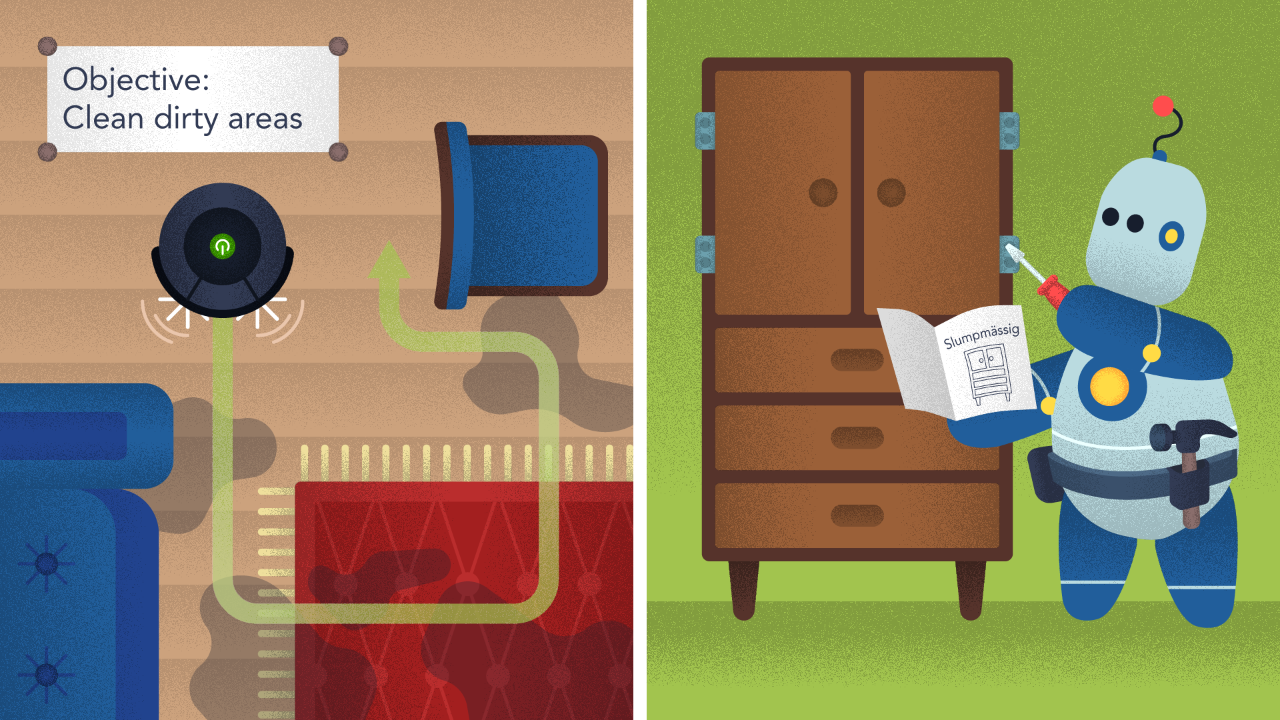
I’ve created a LOT of resources on this topic. Here’s my course on Design Thinking for Hero Methods. Here’s my YouTube channel with previews of course videos. Here’s my website; navigate through the courses to find free previews & pdfs.
- - -
Let’s kick things up a notch.
Deep Learning is a set of techniques that perform machine learning using deep neural network architectures. Outside of regular machine learning problems, deep learning models may be used for learning sequences or time-series. Because deep learning models must identify the next items in a sequence, they maintain and track the internal state of the system.
Take for example a model that predicts the outcomes of a basketball game based on sequentially tracked game statistics. This model would need to identify what the patterns in the data are, and also maintain the internal state of the system.
If you feed the model all of the potential data available from the game: Names, heights and weights of each player, points scored, rebounds, steals, blocks, time of possession, etc. a deep learning model could identify the patterns that occur and predict an outcome of the contest.
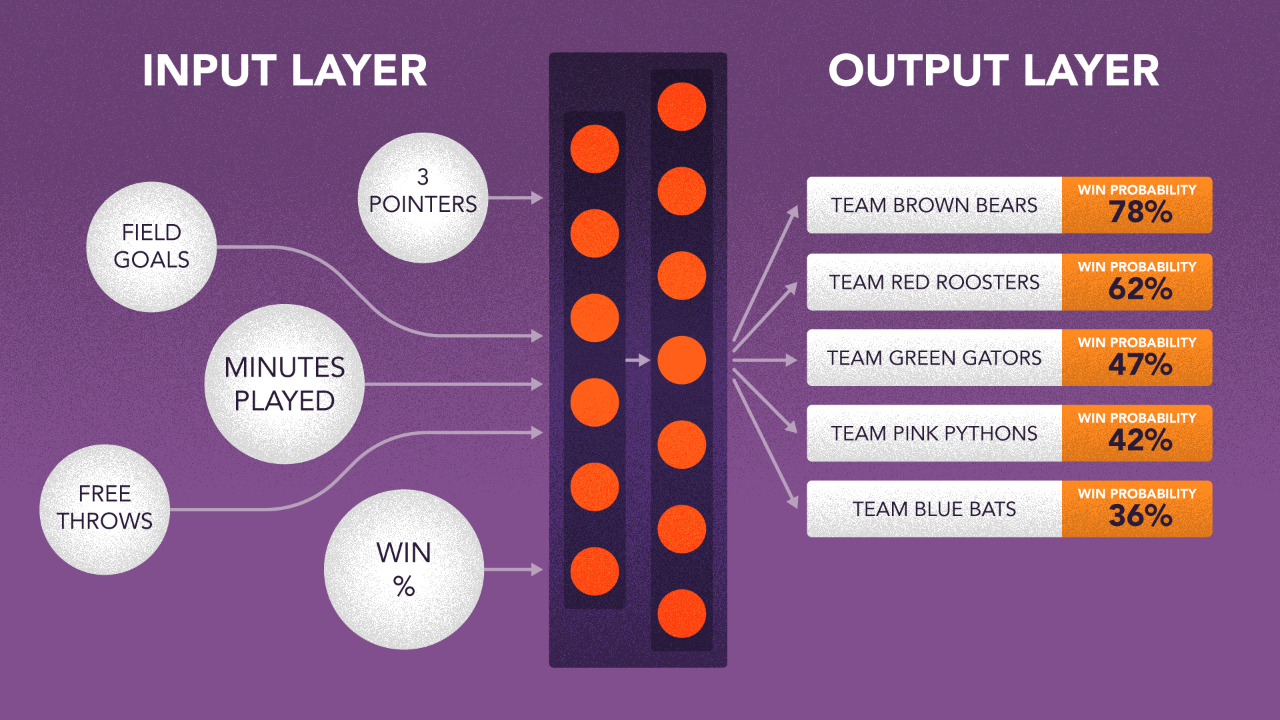
Computer vision has its roots in Signal Processing; however, the most sophisticated computer vision methods are learning based. This method involves making sense of objects in images and videos. In relation to our predictive basketball model, computer vision might be able to take the base model to new heights. Where the model might have previously only analyzed alphanumeric data fed to it, computer vision would allow the system to analyze game tape to further understand the nuances and potential outcomes of matchups down to the possession.
Similarly the best Natural Language processing methods are also learning based.
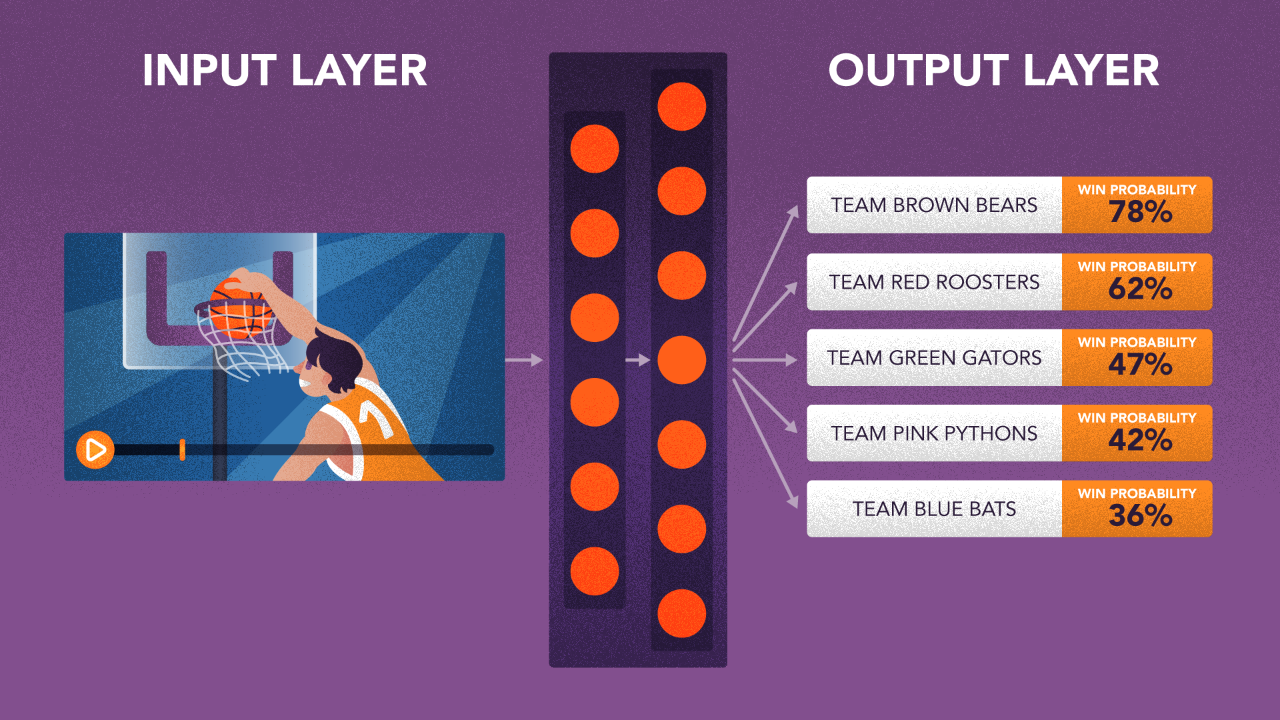
Where Machine Learning is based upon analysis of past data, Reinforcement Learning teaches the model how to perform actions based on how they affect the environment, and on what rewards they bring. The model learns from experiencing the world. In this case the learner model performs actions in the world and collects the new state from it. Actions that bring positive rewards are favoured, and those that do not are ignored.
Back to our basketball example, reinforcement learning could be used to build models that understand the game, but in this instance by interacting through play. Sure, they would have to learn all of the basics first, but eventually Reinforcement Learning could allow for models that play the game, officiate or coach respectively.
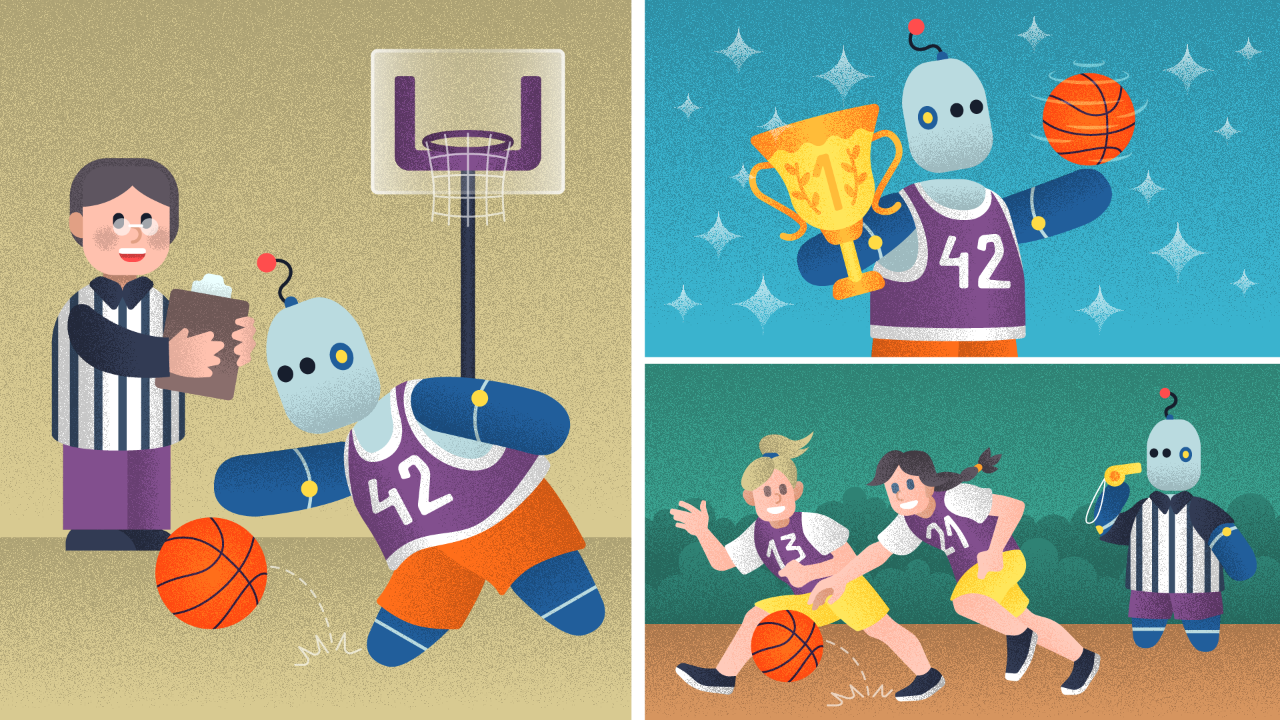
- - -
Learning models are primarily data driven, though some have been extended to utilize formal knowledge representations, or take explicit direction.
Learning models behave like black boxes, as we noted in our previous image segmentation example. As long as the job is done correctly, the internal workings of the black box are not of concern.
This is how we see the world
Machine Learning is King, but of narrow territory. Hero Methods do things that ML cannot. Taken together, not only do they help solve complex problems, they also lay the doorway to AI.
Get in touch
-
Milton, ON L9T 6T2, Canada
-
help@kado.ai
-
+1 416 619 0517
Copyright © 2026
Super!
An email is on it's way.
Super!
An email is on it's way.

